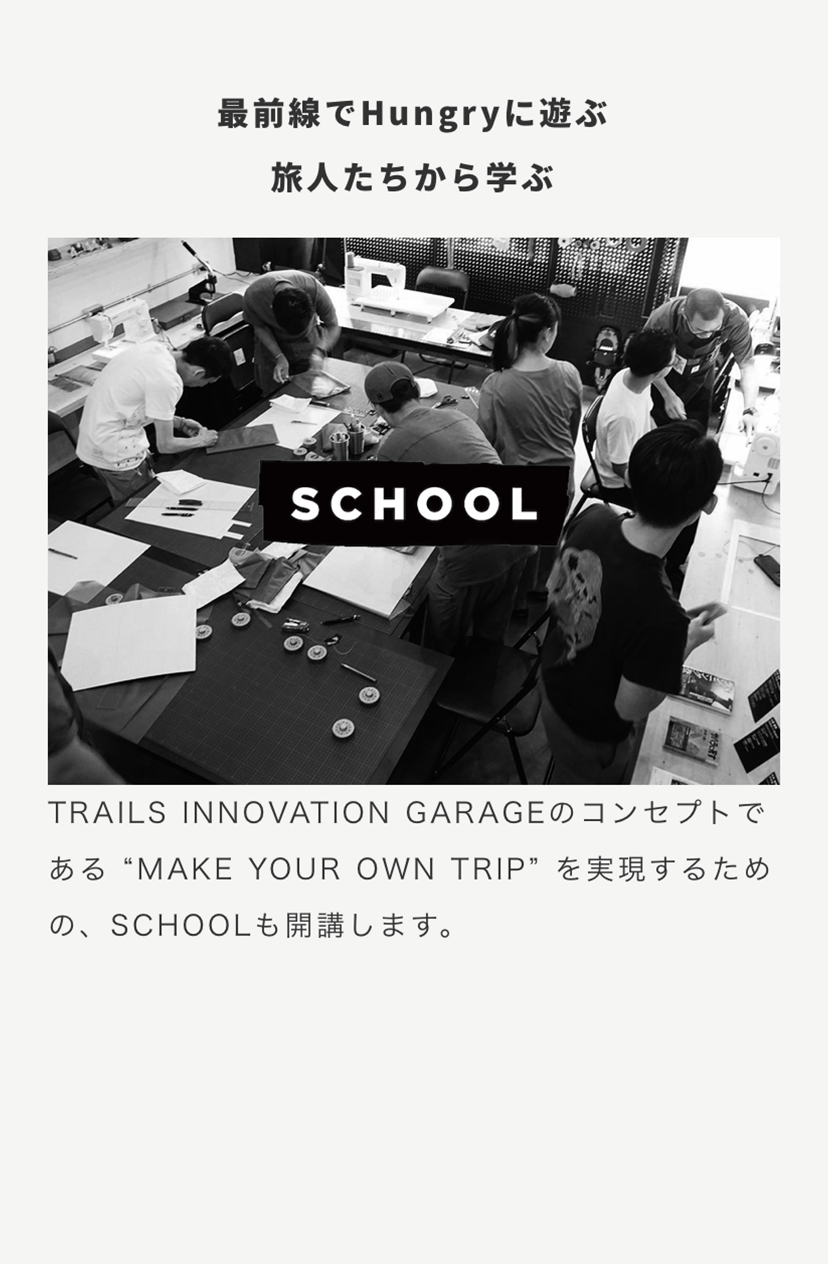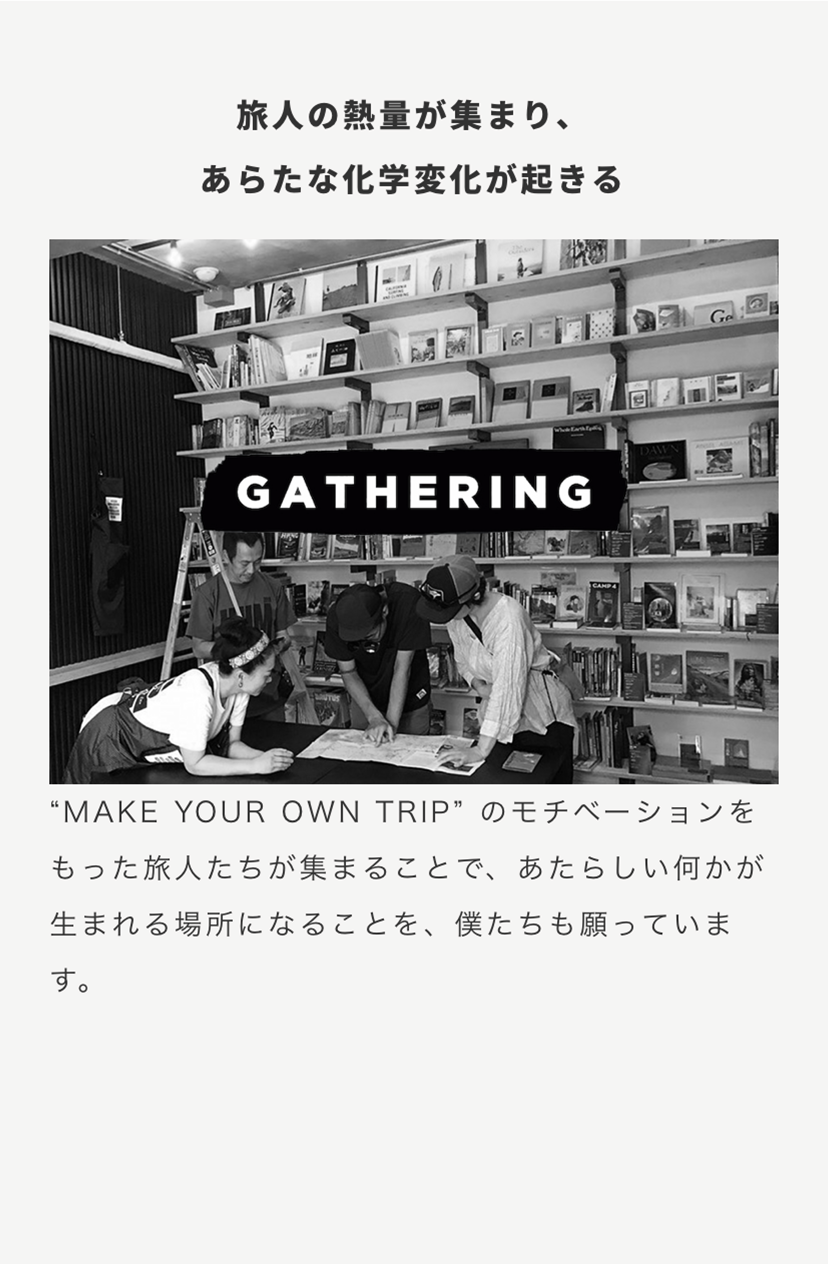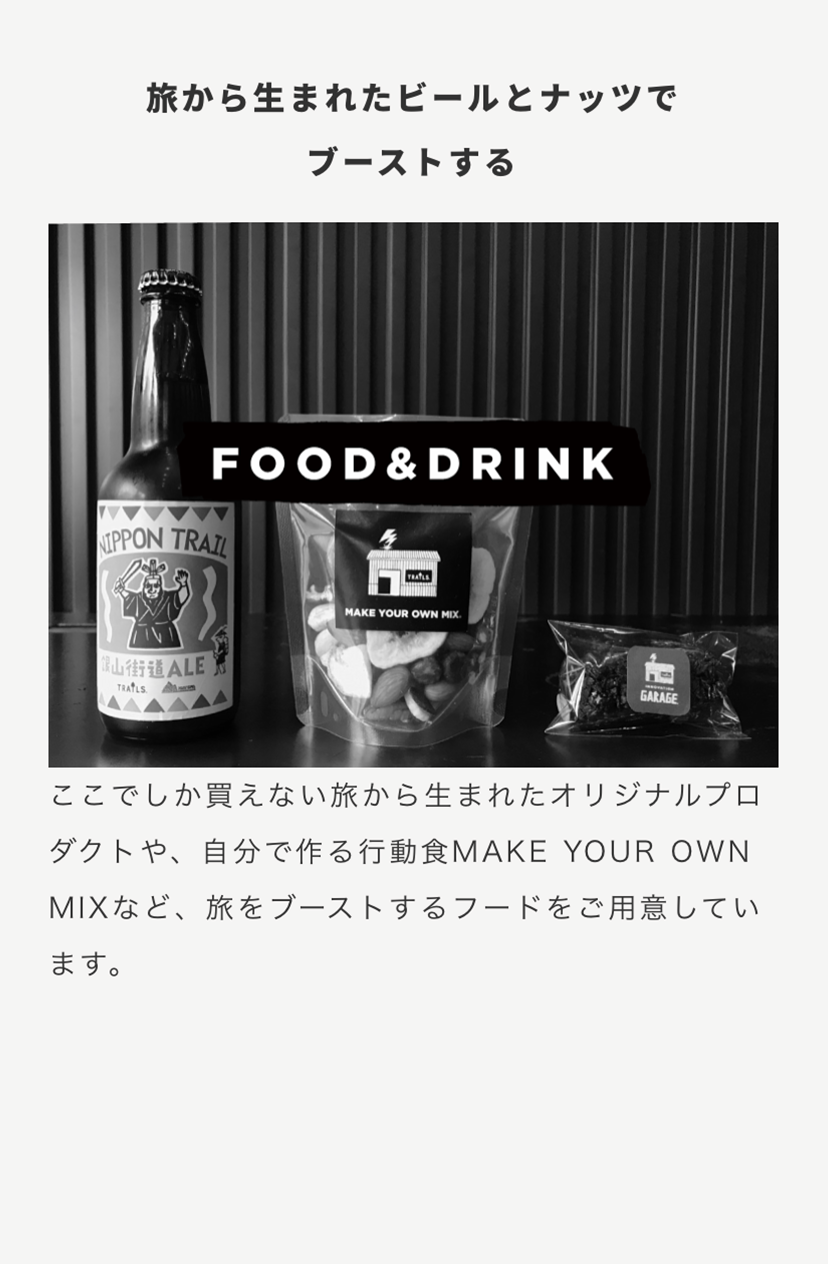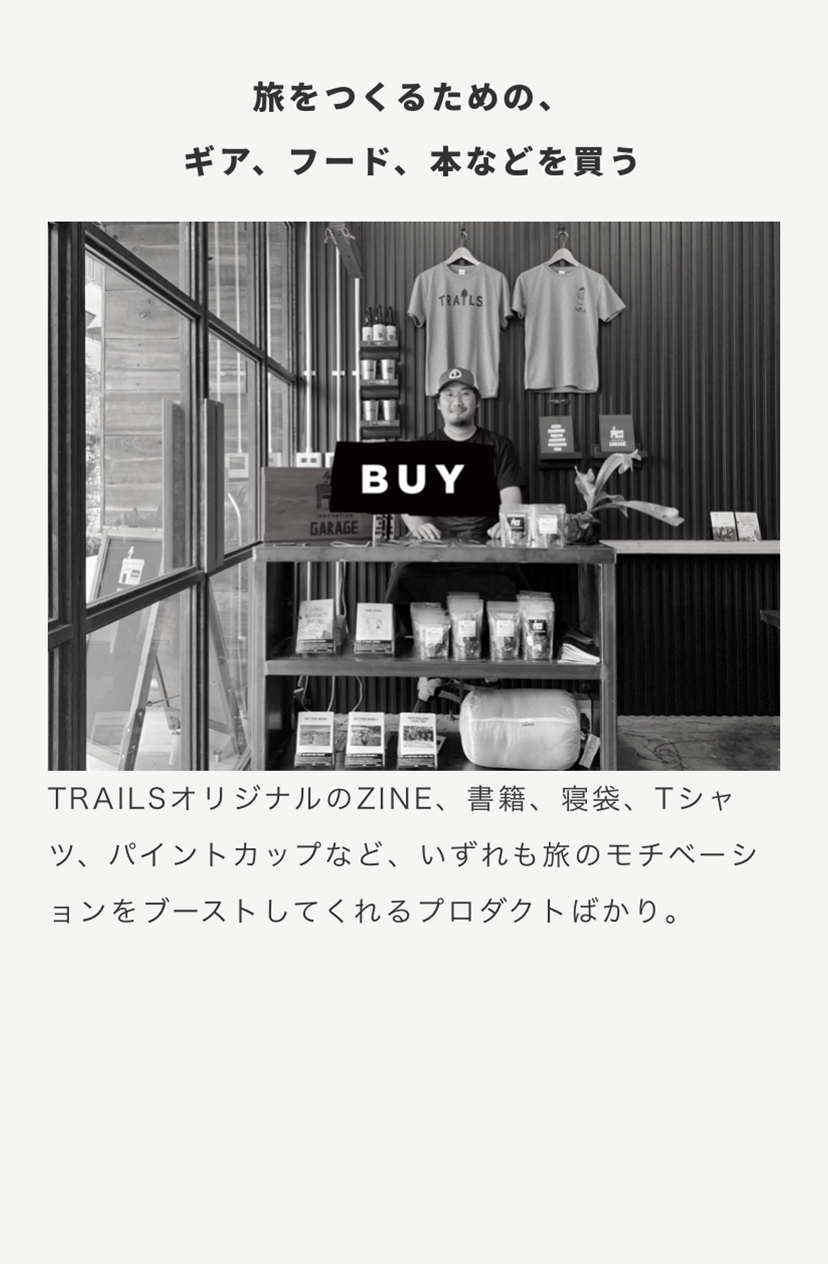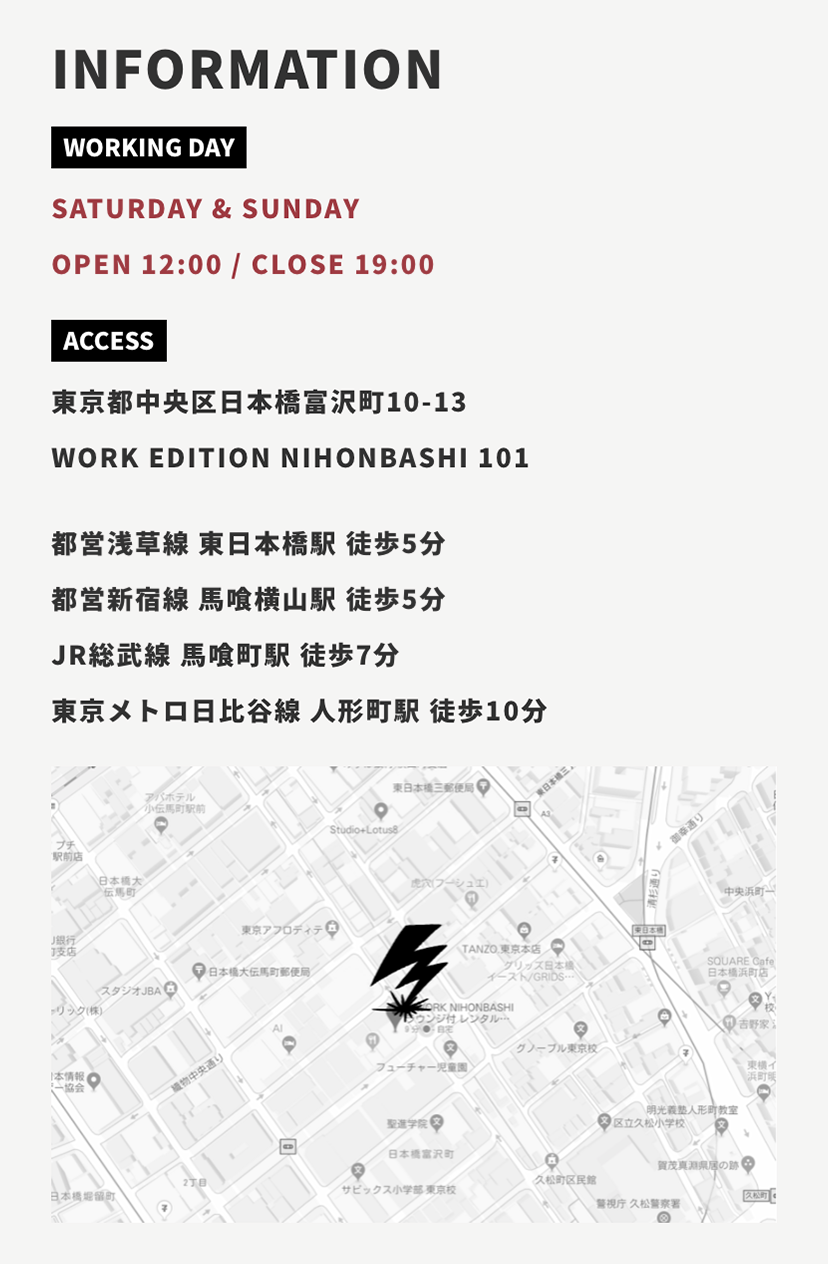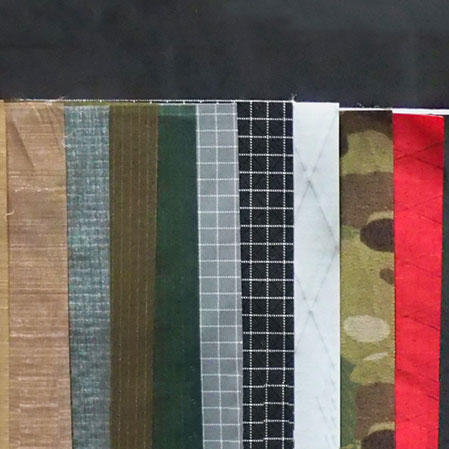リズ・トーマスのハイキング・アズ・ア・ウーマン#03 / 女性ハイカーが知るべき5つのこと
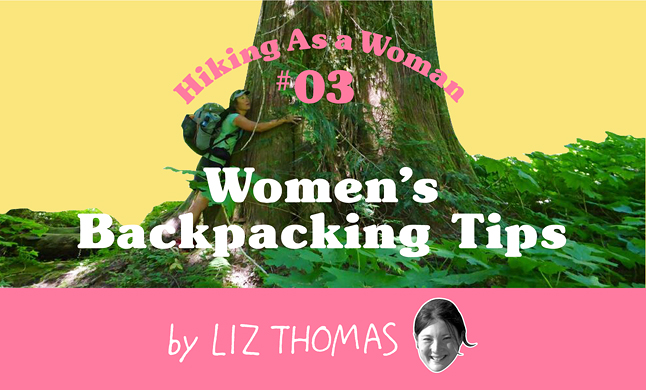
Hiking As a Woman#03 / Women’s Backpacking Tips
When I first started backpacking, the idea of going into the woods alone as a woman was intimidating. How could I choose gear? How would I stay safe and healthy? Over the years, I’ve made lots of mistakes and wasted lots of money trying to find the answers. Now, I am writing this article so that other women can learn from my experiences and feel more confident about backpacking.
Women are, in many respects, the ultimate backpackers. Women tend to complain less than men. They usually have a higher pain tolerance than men. I often hear men complain about blisters or minor aches that come from hiking, but women persevere through discomfort. Often, women are smarter and more rational when making decisions in dangerous situations. Men sometimes let their ego and “macho-ness” decide what their next step may be instead of using their judgment to make a safe decision.
Lastly, because women have slower metabolisms, they tend to well in endurance activities like backpacking. After a long distance hike, many men—especially older ones—tend to lose much of their body weight. I have met older men who have had to be hospitalized because their body started eating their organs for lack of calories. On the other hand, women tend to gain muscle and finish backpacking trips looking strong.
My friend Lisa Karst, a veteran of many trails, explained that women’s issues on trail are the same as women’s issues off trail. I agree: the only difference is that when women are in the city, it is easier to get products and have access to water to help with hygiene. In the city, it is easier for women to go to safe places if a man is bothering her. So what can women do to make more informed decisions about going into the outdoors?
(1)Gear
The #1 rule for buying gear, no matter your gender, is to find something that is comfortable for you and works well for your needs, where you are hiking, and the season you are hiking in. When I attend the Outdoor Retailer show, I have heard many companies who claim to make “women’s gear” just take their design for men’s gear and “Shrink it and Pink It.” Many so-called articles of “women’s gear” are simply a smaller version of men’s gear. Women’s bodies have different proportions than men’s. We aren’t just smaller than men, but we have bigger hips and a larger chest. Gear for women needs to reflect that.
When you buy gear, if you have the option, try it on before purchasing. Add weight to the pack and walk around, making sure that it does not hurt your hips or compress your chest. Outdoor clothing for women often do not have pockets. Try to find something with pockets as they are essential to keeping your map and compass handy!
Most backpacking forums suggest that a full backpack should not weigh more than 25% of your bodyweight.
Using this formula, if you are a woman who weighs 50 kg, your gear plus food and water should not weigh more than 12.5 kg. On a 5 day backpacking trip, hikers usually carry 5 kg of food and 2 kg of water. That means that this 50 kg woman’s gear should not weigh more than 5.5 kg! Because women tend to weigh less than men, men can often carry heavier packs. Therefore, it is especially important that women use ultralight gear. I try to have each of my “big four” items—my shelter, my sleeping bag/quilt, my backpack, and my sleeping bag—each not weigh more than 1 kg for summer hiking.
Because women have slower metabolisms than men, it is often harder for women to stay warm. As a result, consider getting a warmer sleeping bag than you think you will need, carrying a warmer jacket, or both. If you get cold when you sleep, be sure to wear a hat and socks.
(2)Food
Women’s nutrition on the trail is similar to women’s nutrition in town. Women’s bodies require higher levels of some nutrients than men’s bodies, but lower levels of others. Also, everyone who hikes is going to need more calories and nutrition than at home. I usually carry between 680 g and 1.4 kg of food per day, where most of my food has 120+ calories per 30 g. While many people lose weight while backpacking, you shouldn’t underpack your food and starve yourself. In an emergency, you always want to make sure you have enough food to get yourself out of a tight situation.
Women tend to need more folic acid, calcium, and iron than men do, and they especially need these nutrients when backpacking. You can get these nutrients from multivitamins or from certain foods. For example, seaweed is high in iron, so I always carry some with me.
If I am on a long backpacking trip that has a few resupply points, I will make sure to eat some special meals in town. Funnily enough, when men are backpacking, they often dream of burgers, pizza, beer, and ice cream. When women are backpacking, they dream of salads and fresh fruit. It is almost impossible for a hiker to get all the nutrition he or she needs with only backpacking food. If you are on a long trip, eating at least one meal in every resupply town is a good way to replenish lost nutrients.
Just like eating fruits and vegetables is healthy for you at home, it is healthy on the trail, too. Whether you are a man or a woman, you should bring dehydrated and freeze dried fruits and vegetables on backpacking trips and eat plenty of fresh ones when you are resupplying.
(3)Hygiene
Staying clean and healthy on trail is important to keep your body and mind in shape for performance. Women especially should take the time to clean themselves while backpacking to avoid infection. There are a few options: moist toilettes can be carried and used to wipe off sweat and dirt from the body at the end of the day. Some hikers carry a sponge or use a wet bandana to clean. For this method, hikers should collect water at a stream by using a plastic bag or bucket. Then, you should walk 60 m from the stream to make sure that any water running off your body does not end up back in the stream. You can use a little biodegradable soap—but just a drop or two! Even biodegradable soap can be harmful to some animals and fish.
Some women are troubled by the idea of urinating in the woods, but after a while, it becomes enjoyable. I usually squat behind a tree far from a trail where no one can see me. Women can bring toilet paper or a rag, but whatever you choose, be not to leave any paper in the woods. Many women find that urinating in the woods is easier while wearing a skirt.
Because women tend to be more prone to infection than men, many women may find benefit in carrying two pairs of underwear. If you are backpacking for a few days, you may need to wash your underwear on the trail. Be sure to choose quick drying, breathable fabric like nylon or merino wool. To wash underwear or any clothing on the trail, follow the same directions as for bathing mentioned above. Put your dirty clothing in a plastic bag, swish it around, and repeat until any soap is gone.
Many women ask me about how to protect hair and skin while hiking. To keep sun off the face, I wear a hat and sunscreen. Many women wear long sleeve shirts with collars. You can also hike with a mylar umbrella which reflects the sun. The sun can also be harsh on hair. A friend of mine is a cosmetologist and also a long distance hiker. She told me that before leaving for a hike, to put too much rinse in my hair and barely wash it out. Another hiker with beautiful hair told me that she puts olive oil in her hair every day when she is hiking. Many women who hike like to braid their hair while backpacking to prevent the formation of knots. I prefer to put my hair in a ponytail or bun to keep it out of my face. In the past, I hiked with dreadlocks. Some women even choose to shave their head before starting a long hike!
(4)Menstruation
The biggest question I get from women who want to backpack is “what do you do about menstruation?” Although dealing with menstruation when there isn’t a bath, laundry, or stores around may seem intimidating, it can be easy to manage.
Many female hikers choose to use sanitary pads or tampons on trail. Hikers choosing this option should not bury used products. Instead, they should carry them out as trash and dispose of the used items in a trash can upon returning to civilization. You can use an opaque plastic ziplock bag or put the used product inside of a food wrapper to conceal it. In my opinion, these products can be bulky and it is hard to know the correct amount to carry.
Instead, I choose to use a menstrual cup. When hiking, the contents of the cup can be buried much the same as human waste. Then, a female hiker just needs to use clean water to wash the cup and can reuse it. I like that menstrual cups do not take up much room in a backpack and are not heavy. A single item can be good for ten years, so it is good for the environment, too.
Lastly, many women opt to use hormonal methods to avoid menstruating during backpacking trips. I have not tried this method, but know that it has worked for some female hikers. If you are interested, you should talk to a doctor to see if it will work for you.
It is not uncommon for some women to contract urinary tract infections while hiking, but this can be avoided by bathing often and using antibiotics when problems develop. Female hikers can talk to their doctors about getting a prescription to carry antibiotic medication. This may help women from having to cut a backpacking trip short because she must go to the doctor.
(5)Safety and Men
It is not uncommon for women who are afraid to hike solo to find someone—anyone—to hike with rather than go alone. But hiking with a bad partner can sometimes be more harmful than almost anything that could happen to a solo hiker. Hiking with a bad partner can be psychologically and emotionally painful. I often see women hiking with boyfriends or husbands who are not considerate to the woman’s needs, fitness, and comfort level. These couples are often arguing. The trip is not good for their relationship. Following an inconsiderate partner on a trip that is too hard for you can be dangerous—physically and emotionally. I know many couples where both the man and women hike, but they choose to go on different trips to avoid conflict. It is much safer and more enjoyable to undertake a trip solo or with other women friends and to do a hike that is appropriate to your skills and fitness.
While prepping for my first long hike, I imagined that for women travelling alone, the time I spent in town resupplying would be the most dangerous part of thru-hiking. Yet, when I came to town, instead of feeling unsafe, I was overwhelmed by the kindness and generosity offered to me by strangers.
In the U.S., many women find that the most dangerous part of hiking is hitchhiking into a town to resupply. In Japan, many trails are designed to go through towns, so hitchhiking is not as necessary. Nonetheless, if a female hiker finds herself hitchhiking, it is safest to not do it alone. If a driver who offers a ride appears strange, don’t be afraid to turn the ride down. Before you hitchhike, tell others where you are planning to go and what time you plan to arrive.
I advise female hikers to delay their social media posts so that people on the Internet cannot stalk you. I also advise hikers to sign trail registers at shelters, trailheads, and huts and to call home regularly. Befriend and keep an eye out for other hikers. Even if a woman starts hiking solo, it is easy to find other hikers she can feel safe walking with who will watch out for her if something goes wrong.
Although it is becoming increasingly popular for women to backpack, women should be prepared to be that sometimes, they may be the only female hiker around. An old man hiker once told me, “Young men hike to prove that they are a man. Old men hike to prove that they still are a man.” As a result, some men may be threatened by seeing a woman on trail. I sometimes hear male hikers tell sexist jokes. We should not let a male-centric atmosphere stop us from doing what we love to do—spending time in nature. There is nothing about nature that is inherently masculine. The woods should belong to women, too, and the more women who backpack, the less of a problem men will be.
A friend of mine said that hiking taught her that the civilized world and the wilderness world are both safe places for women. Hiking and trails offer so much to women—to everyone. My hope is that by helping to alleviate some women’s concerns about backpacking, that I can help open the door to the wonderful world to the outdoors to many others.
- « 前へ
- 2 / 2
- 次へ »
TAGS:

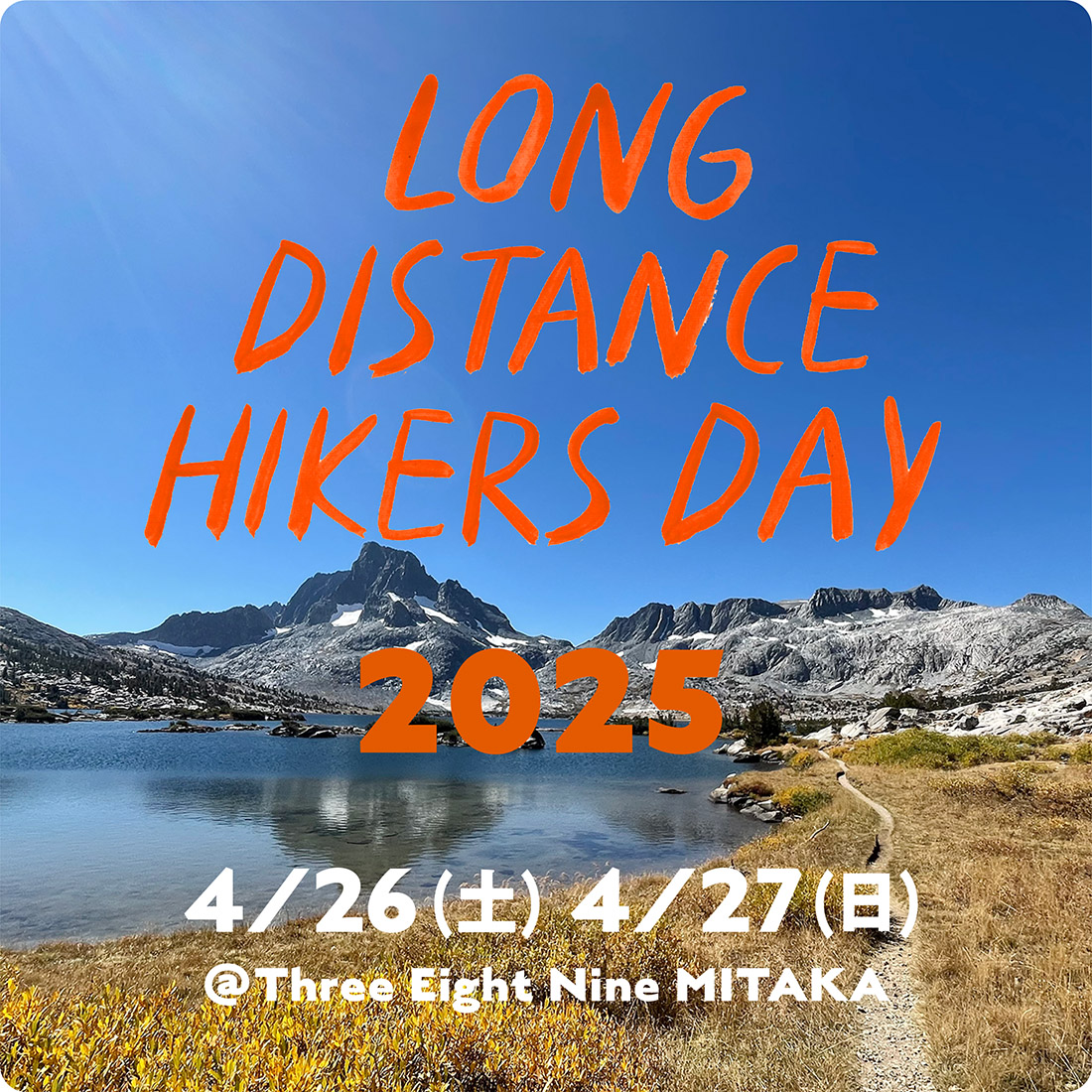
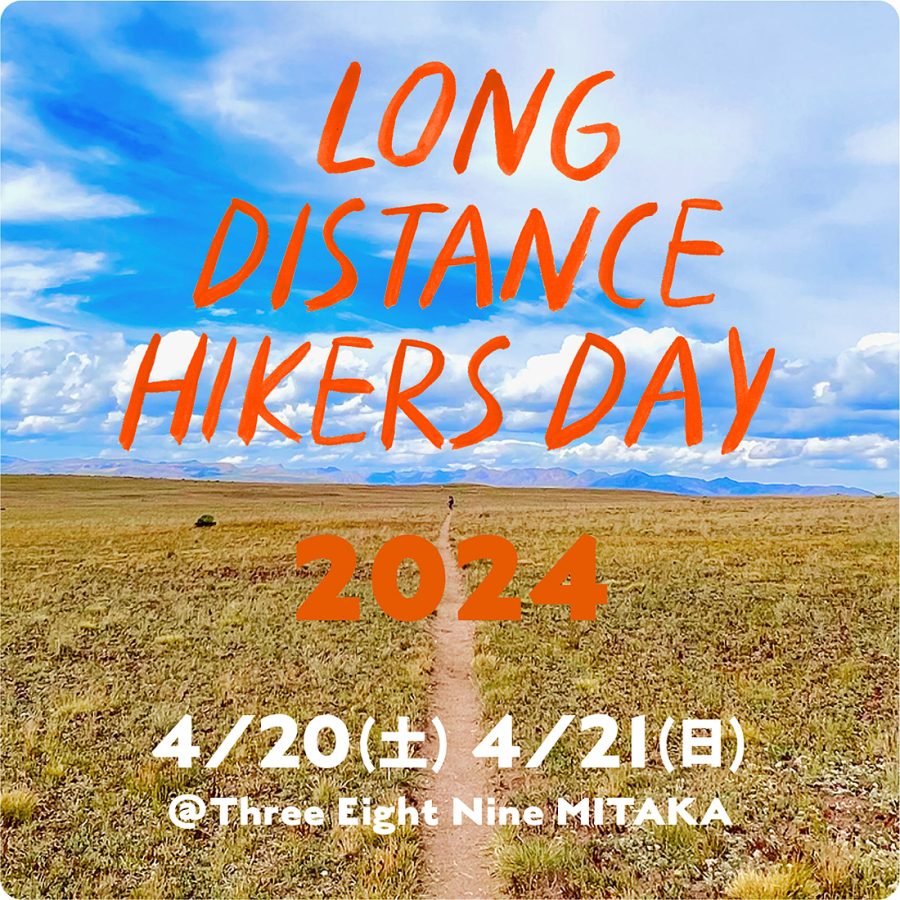
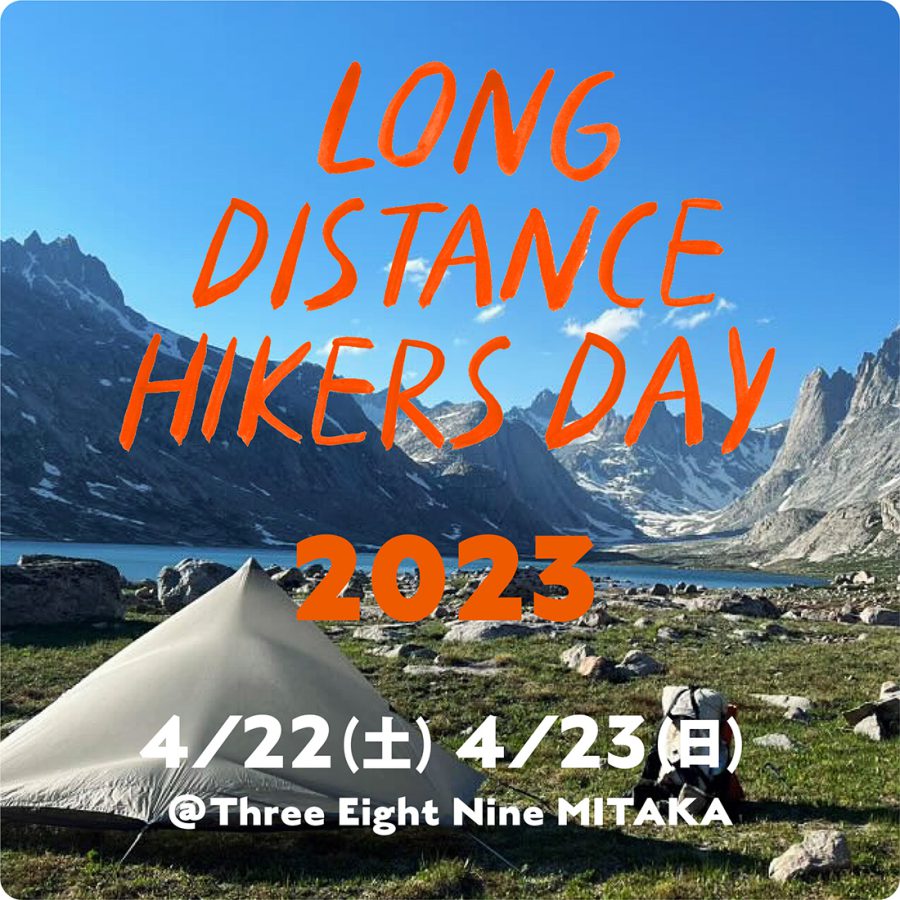
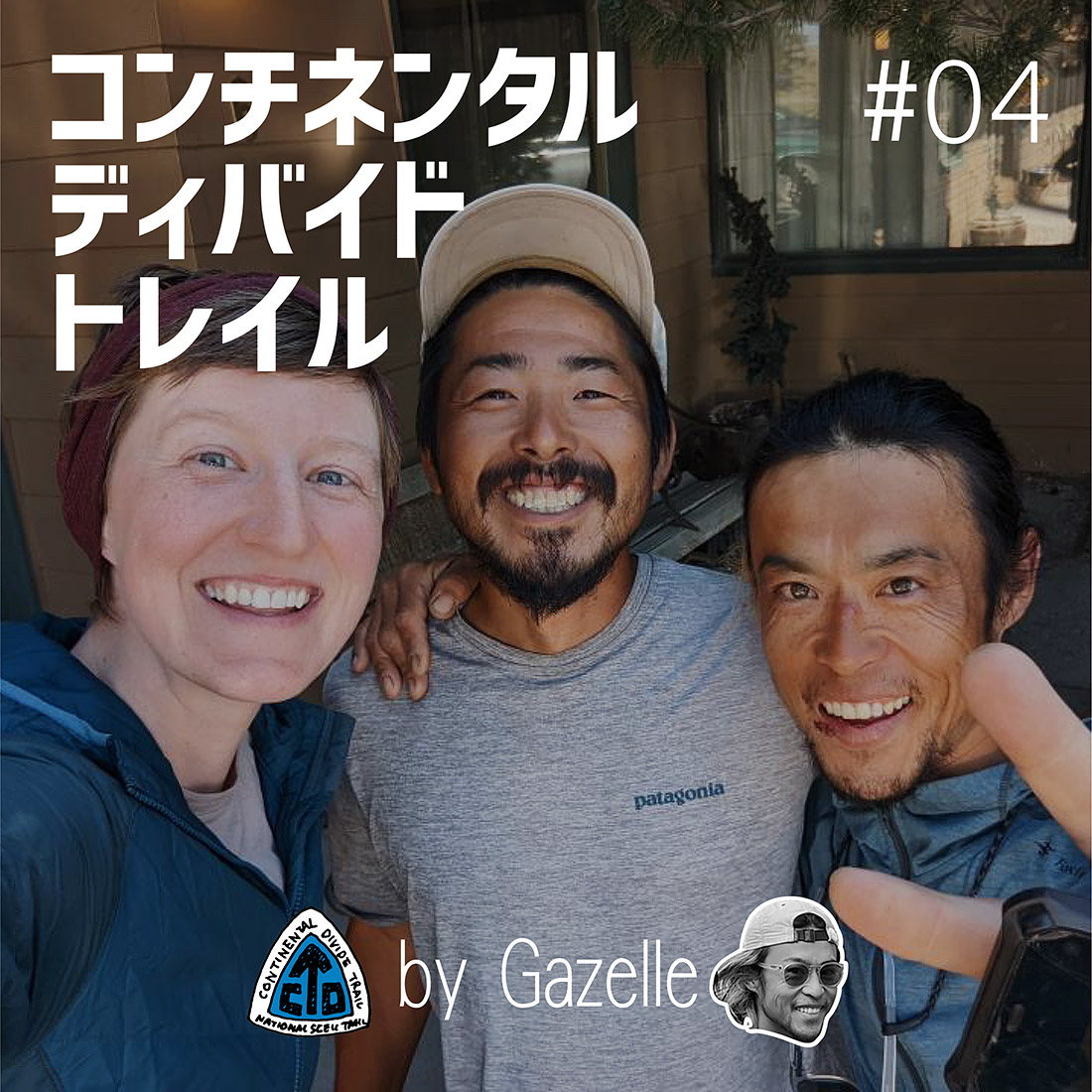
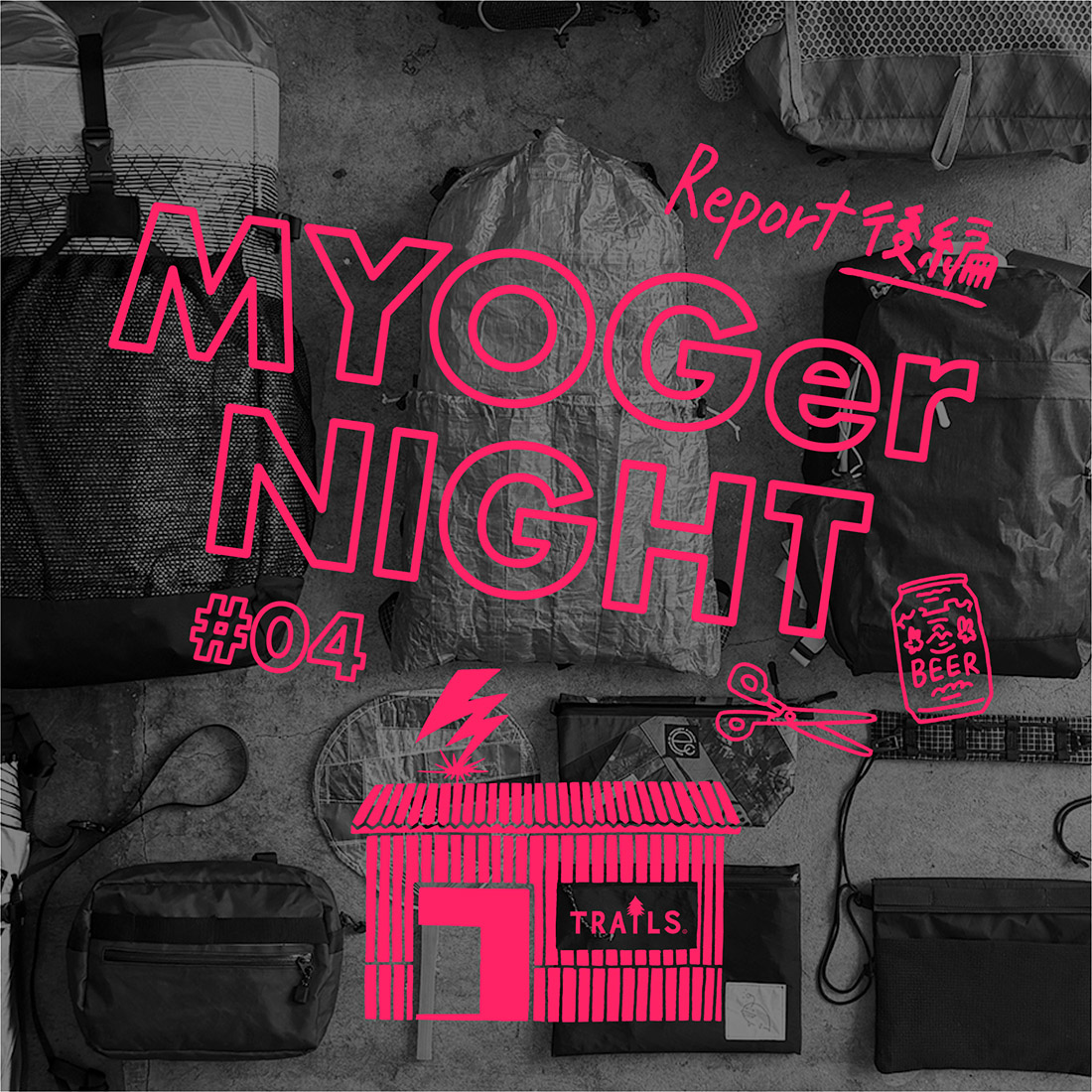

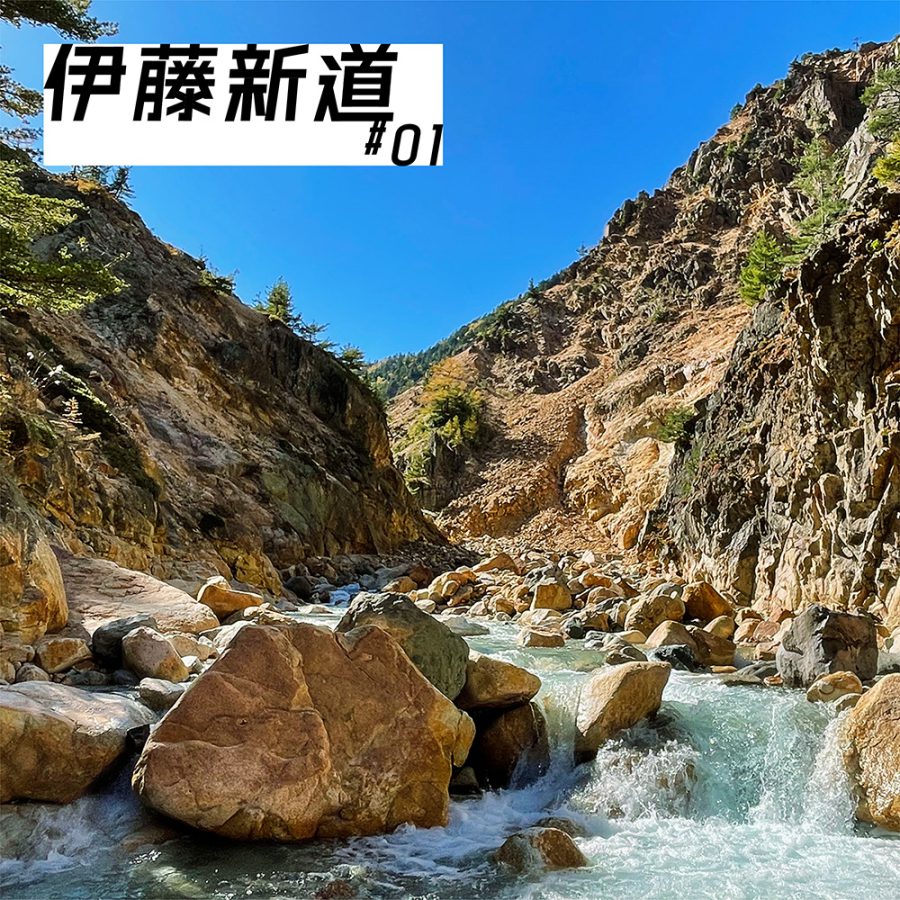
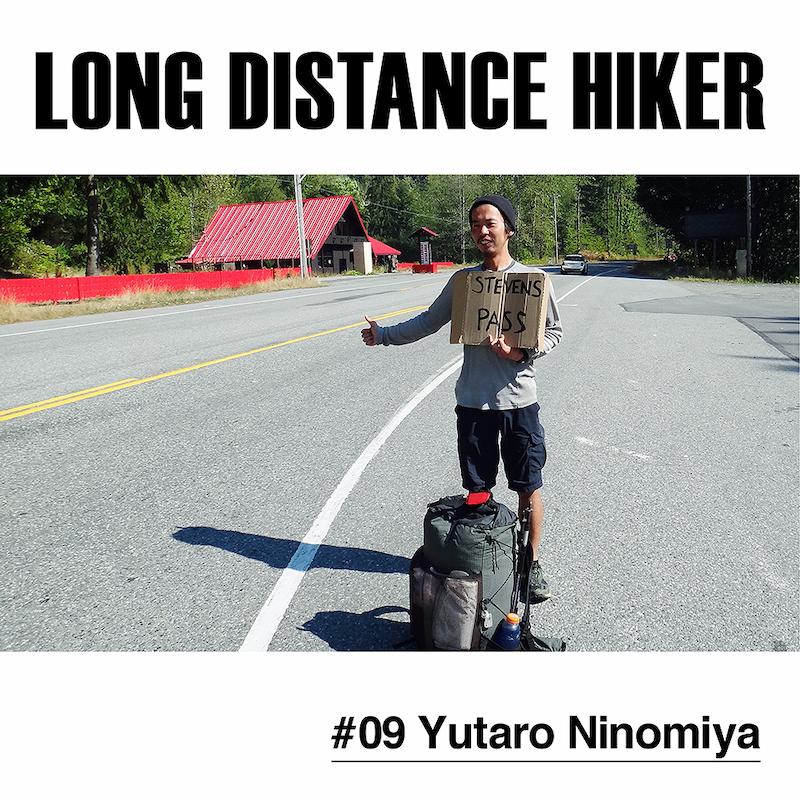
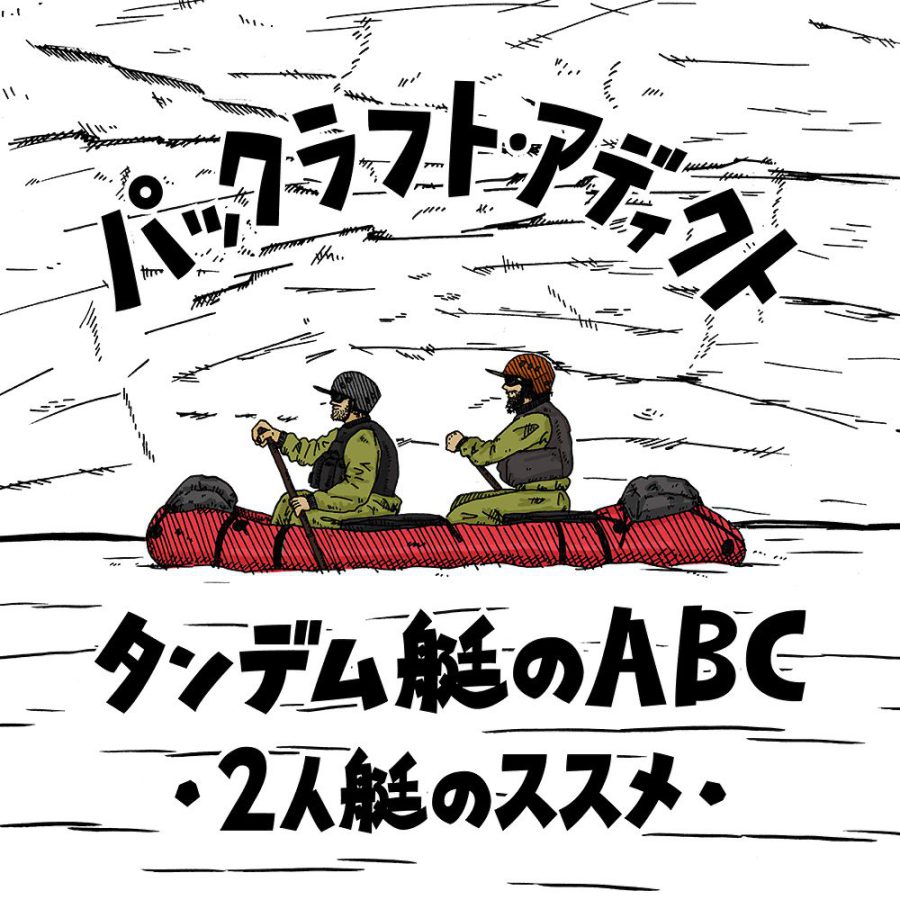
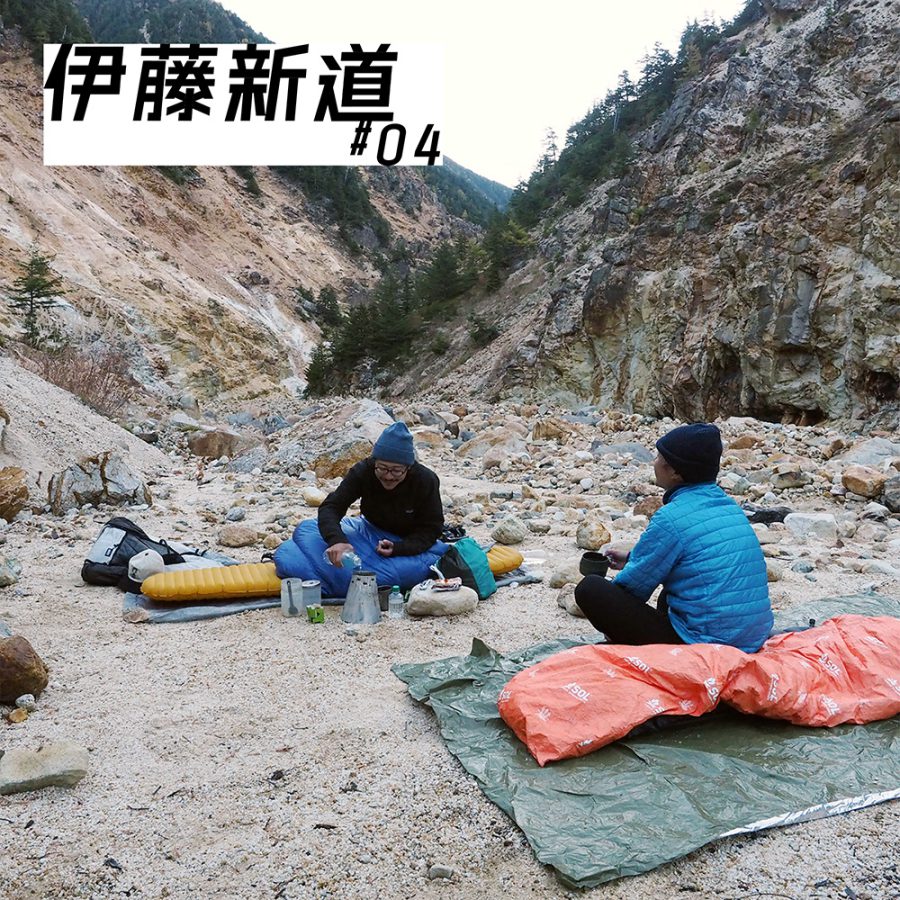
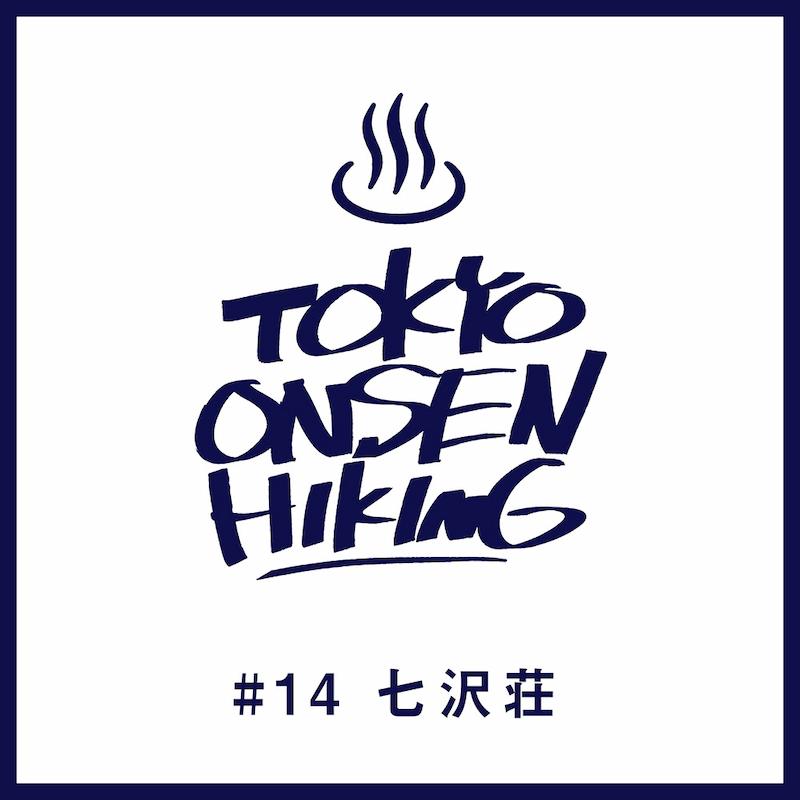

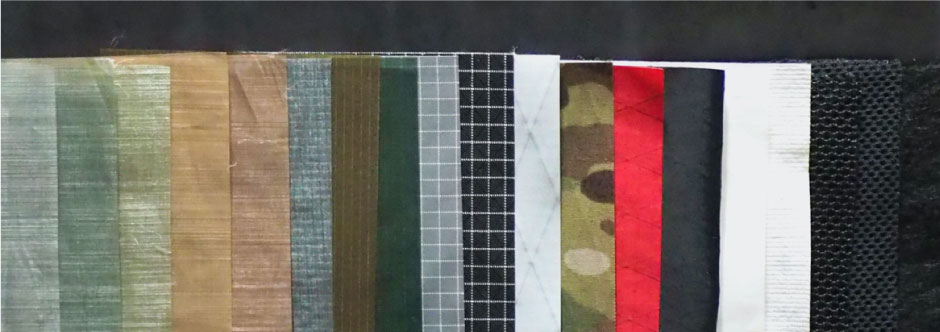
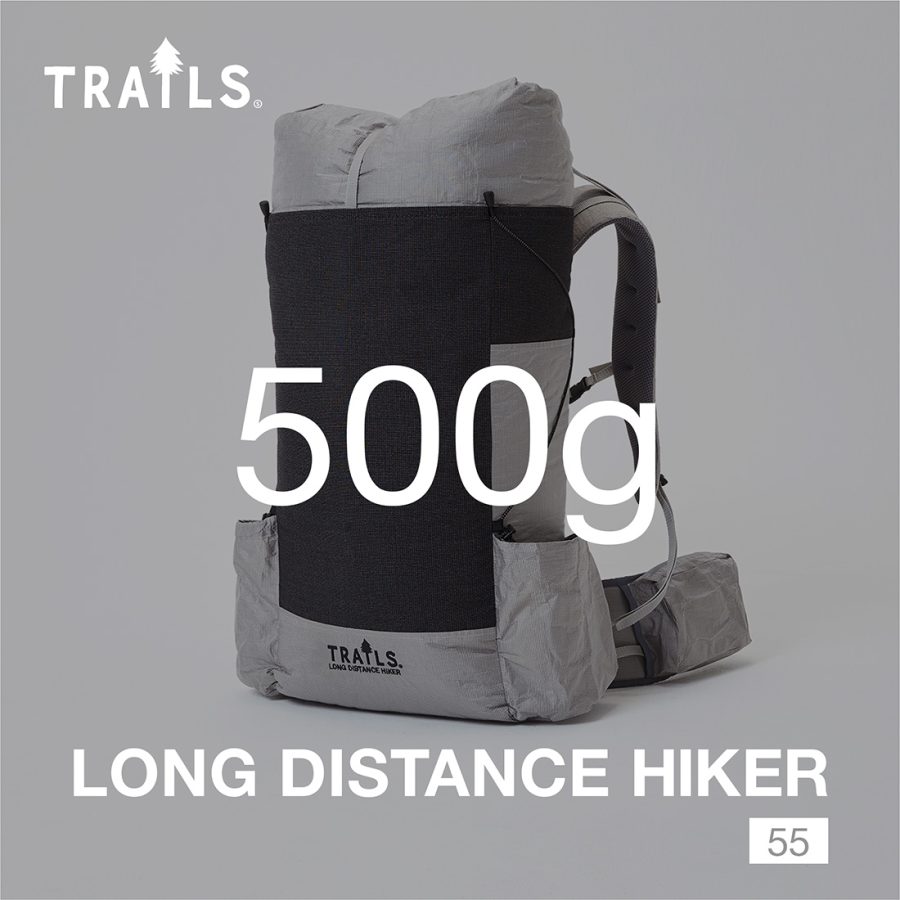 LONG DISTANCE HIKER
LONG DISTANCE HIKER 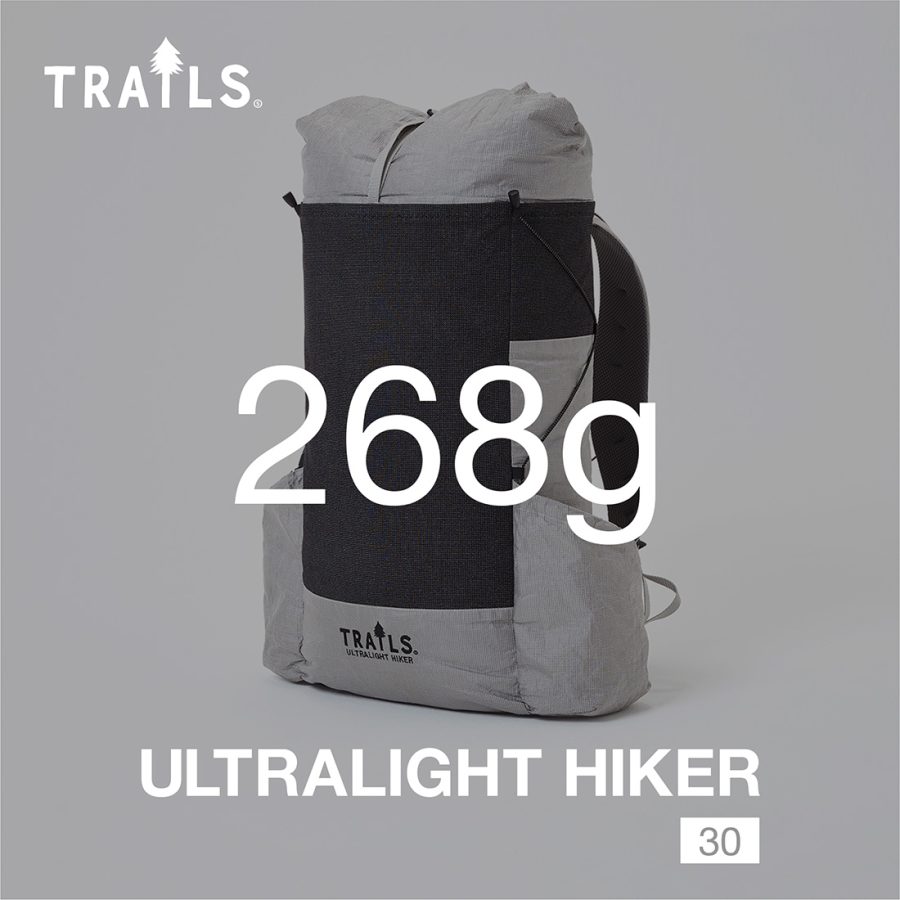 ULTRALIGHT HIKER
ULTRALIGHT HIKER 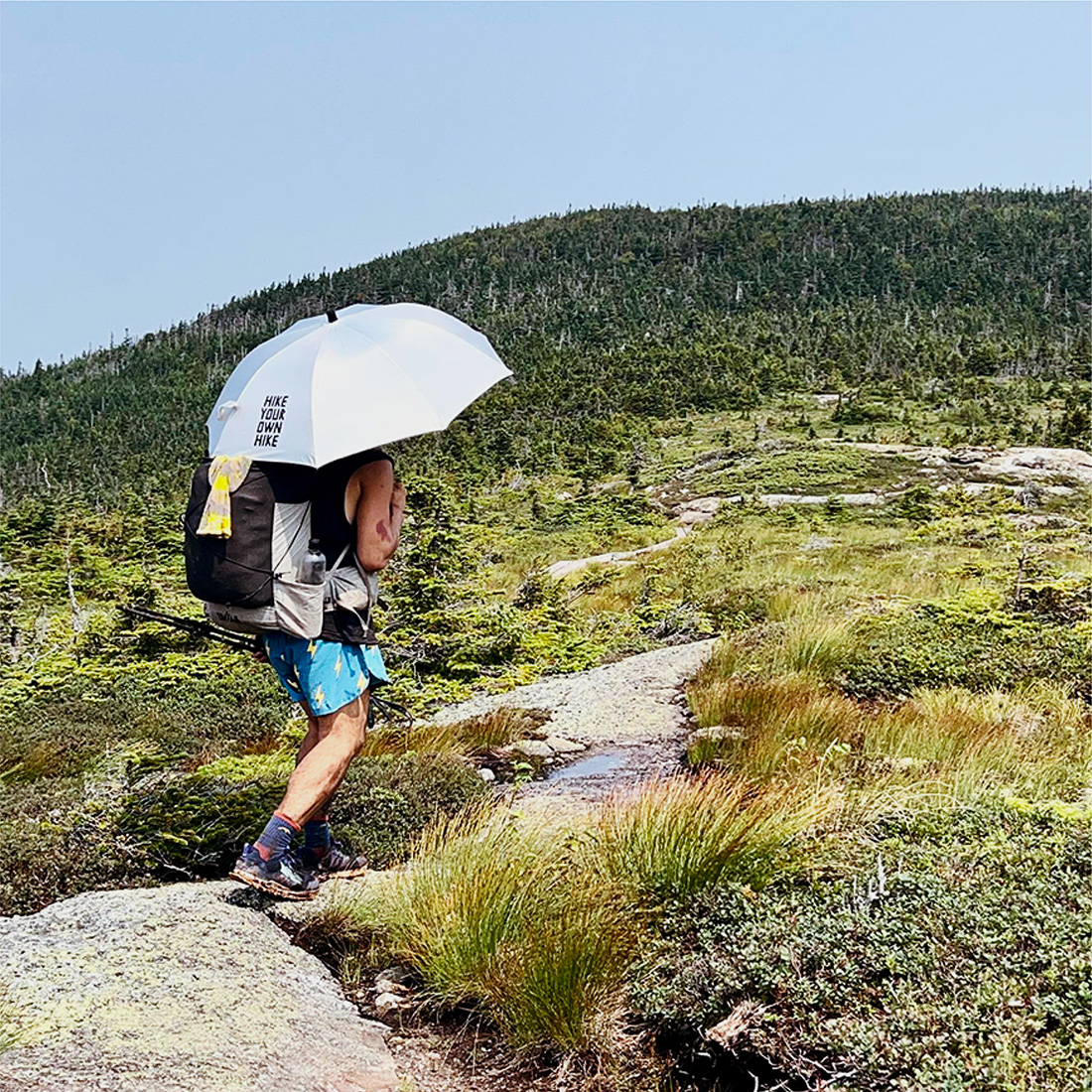 HIKING UMBRELLA UV
HIKING UMBRELLA UV 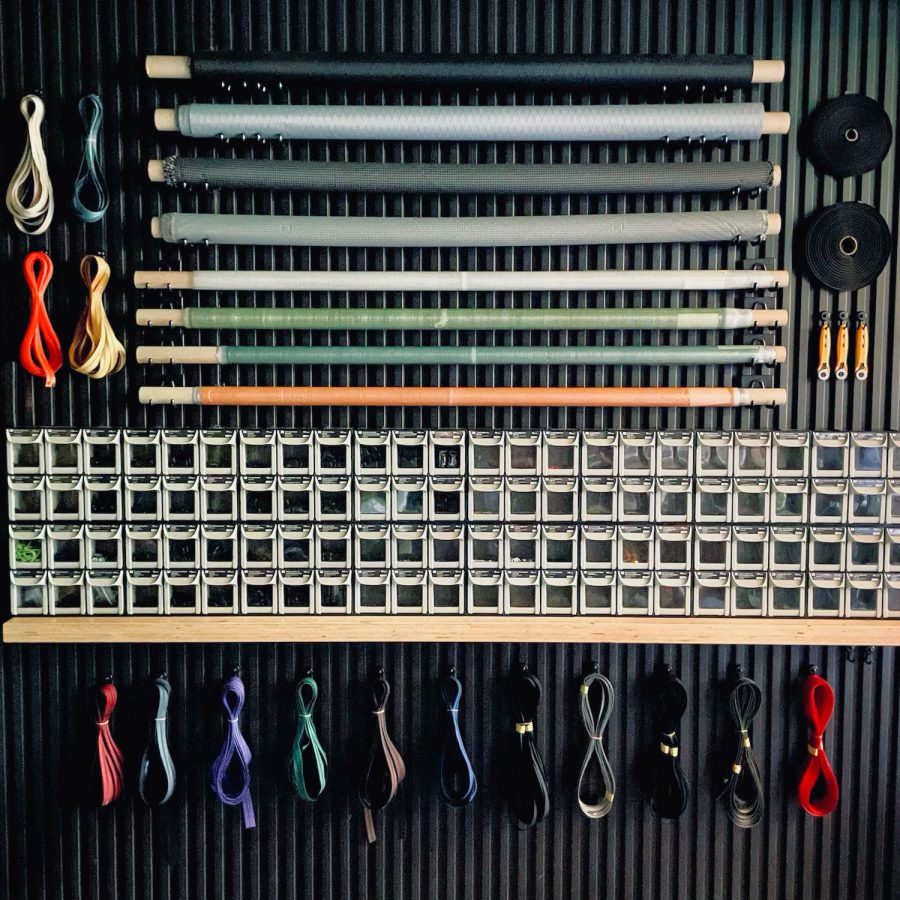 ULギアを自作するための生地、プラパーツ、ジッパー…
ULギアを自作するための生地、プラパーツ、ジッパー… 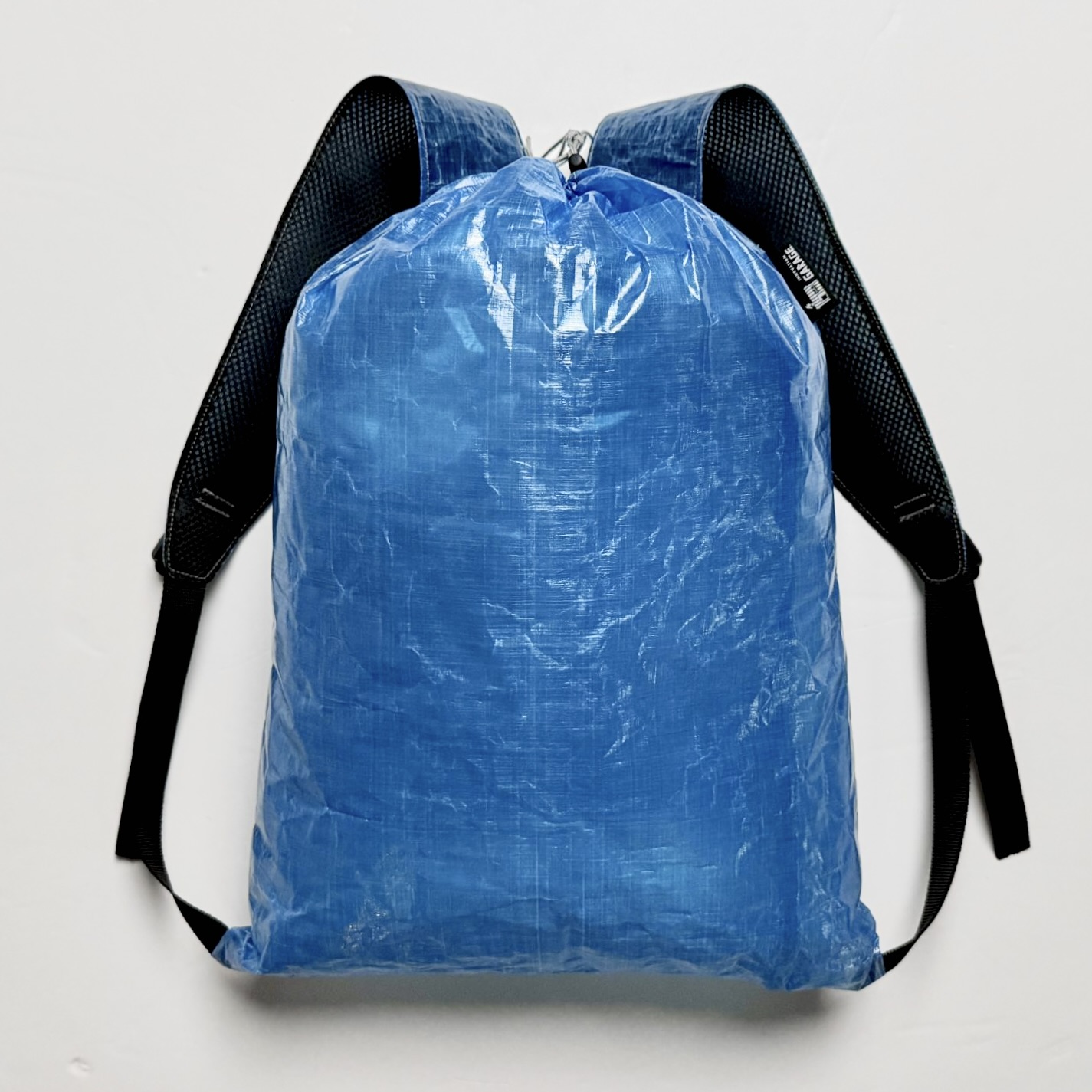 MYOG KIT #03 ULイージーパック (…
MYOG KIT #03 ULイージーパック (… 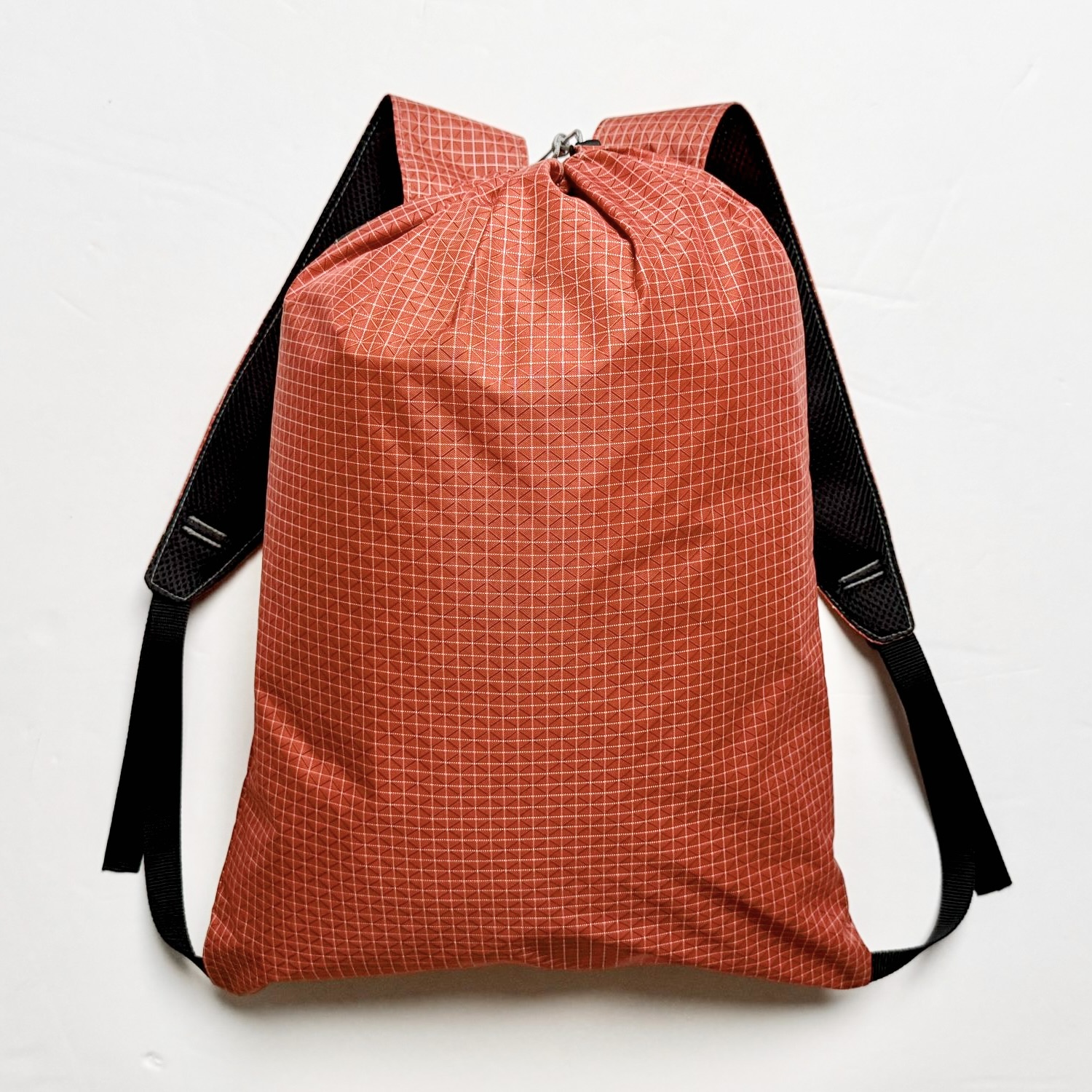 MYOG KIT #03 ULイージーパック (…
MYOG KIT #03 ULイージーパック (… 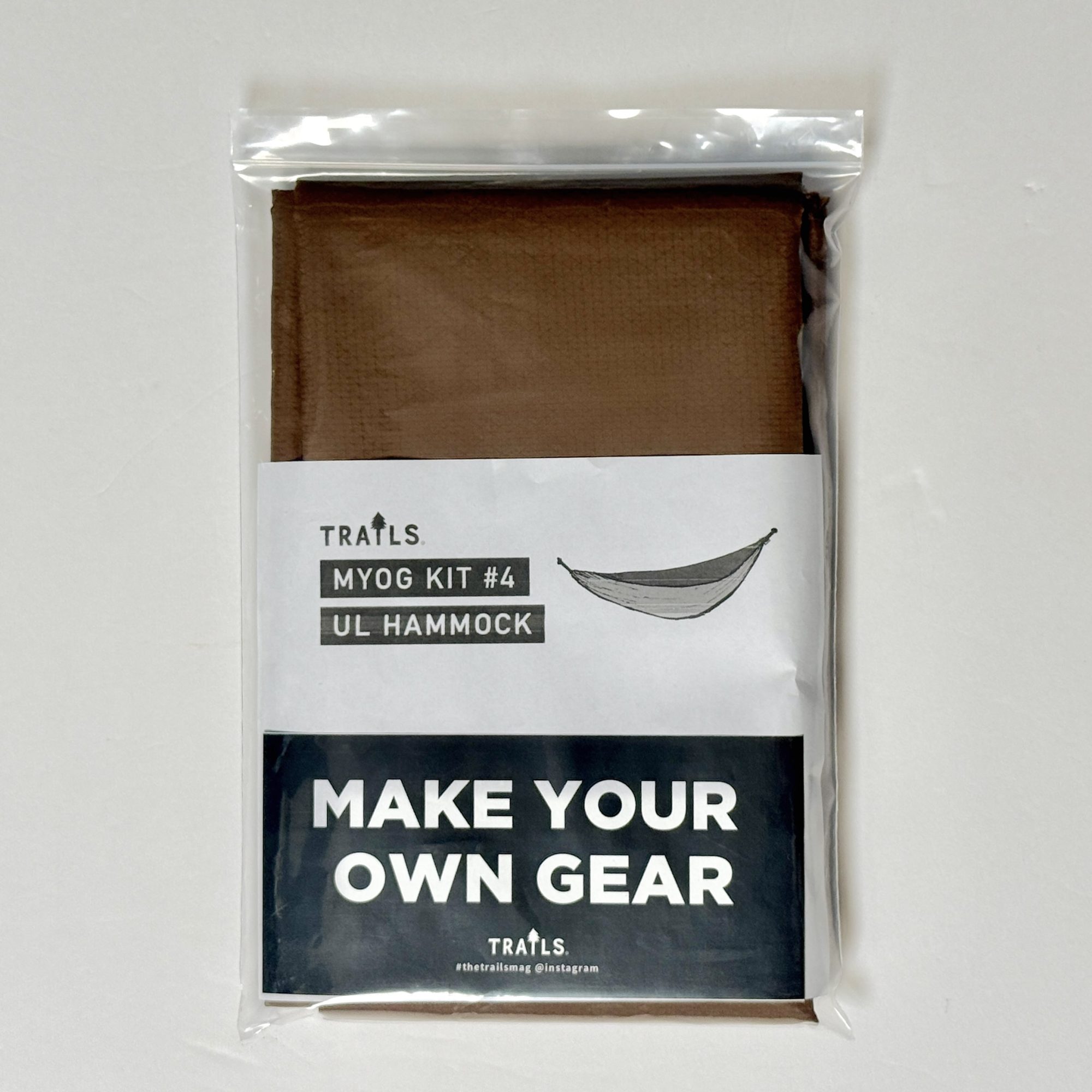 MYOG KIT #04 ULハンモック (ナイ…
MYOG KIT #04 ULハンモック (ナイ… 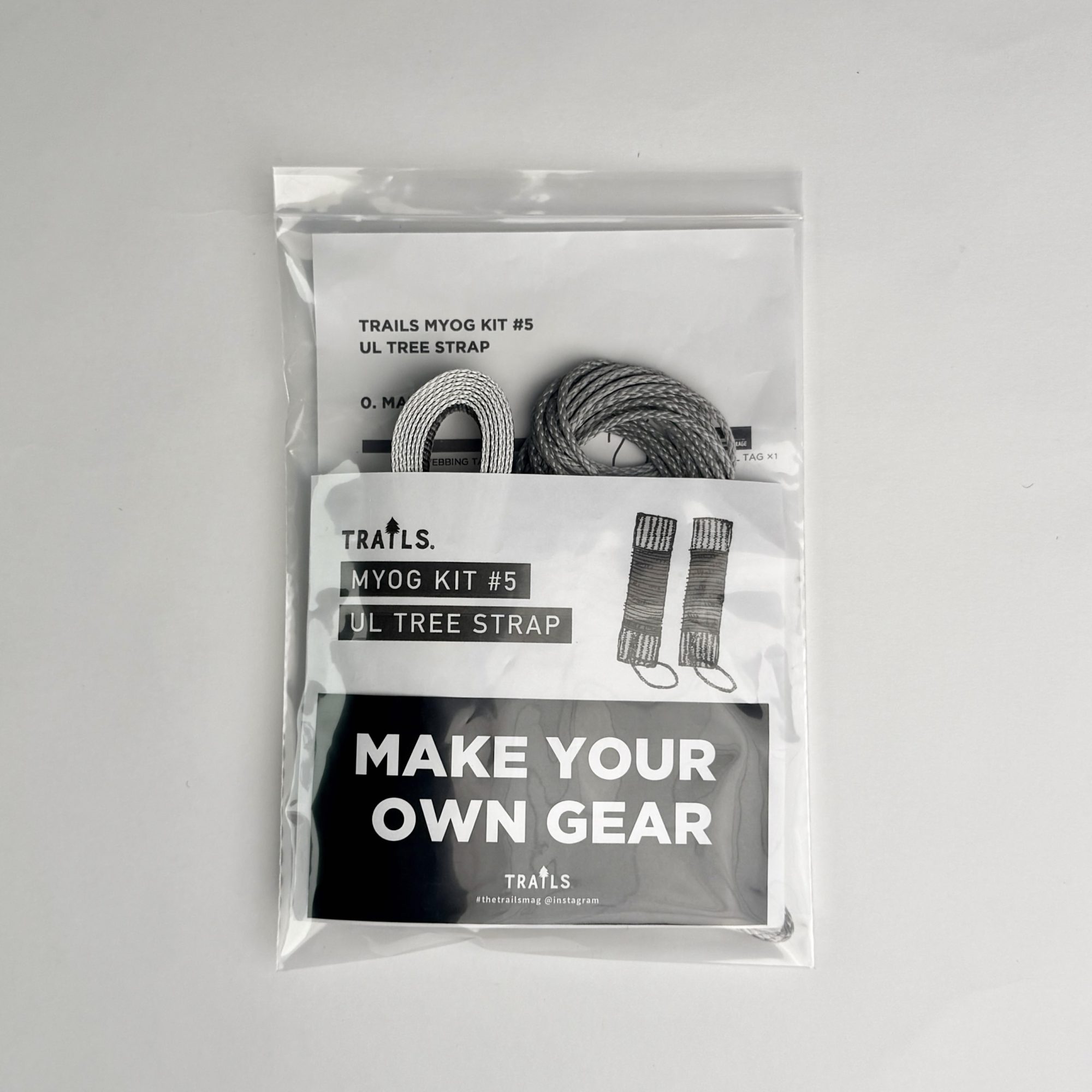 MYOG KIT #05 ULツリーストラップ
MYOG KIT #05 ULツリーストラップ 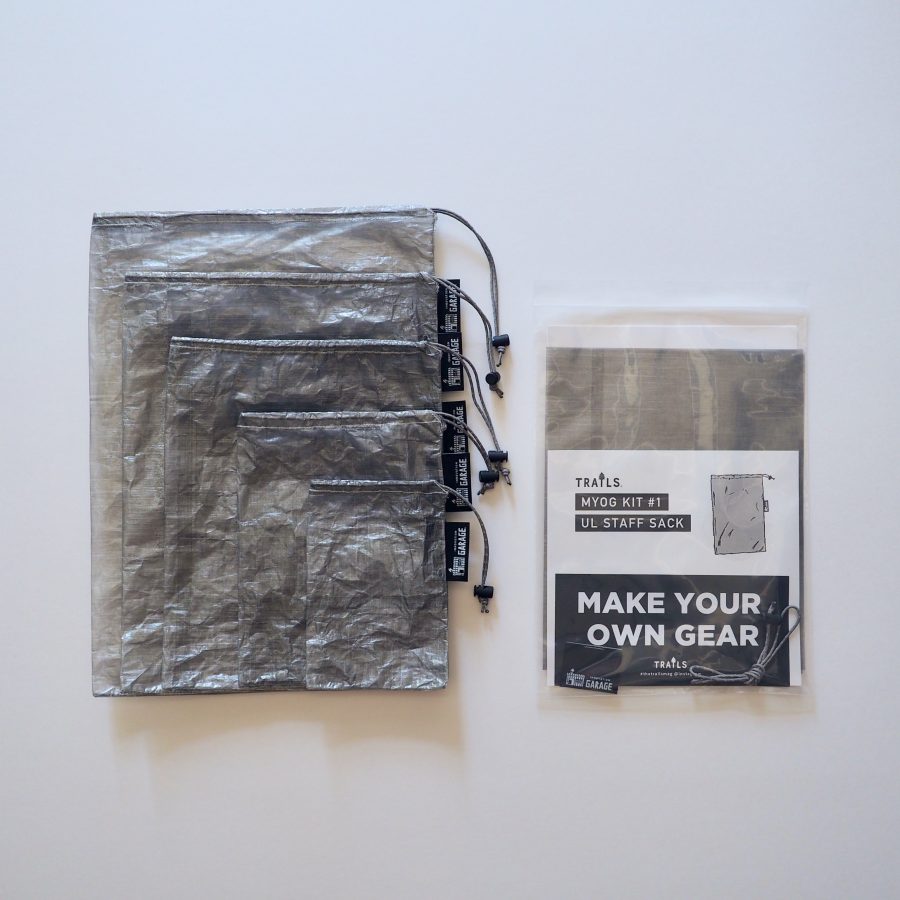 MYOG KIT #01 ULスタッフサック(DC…
MYOG KIT #01 ULスタッフサック(DC… 



